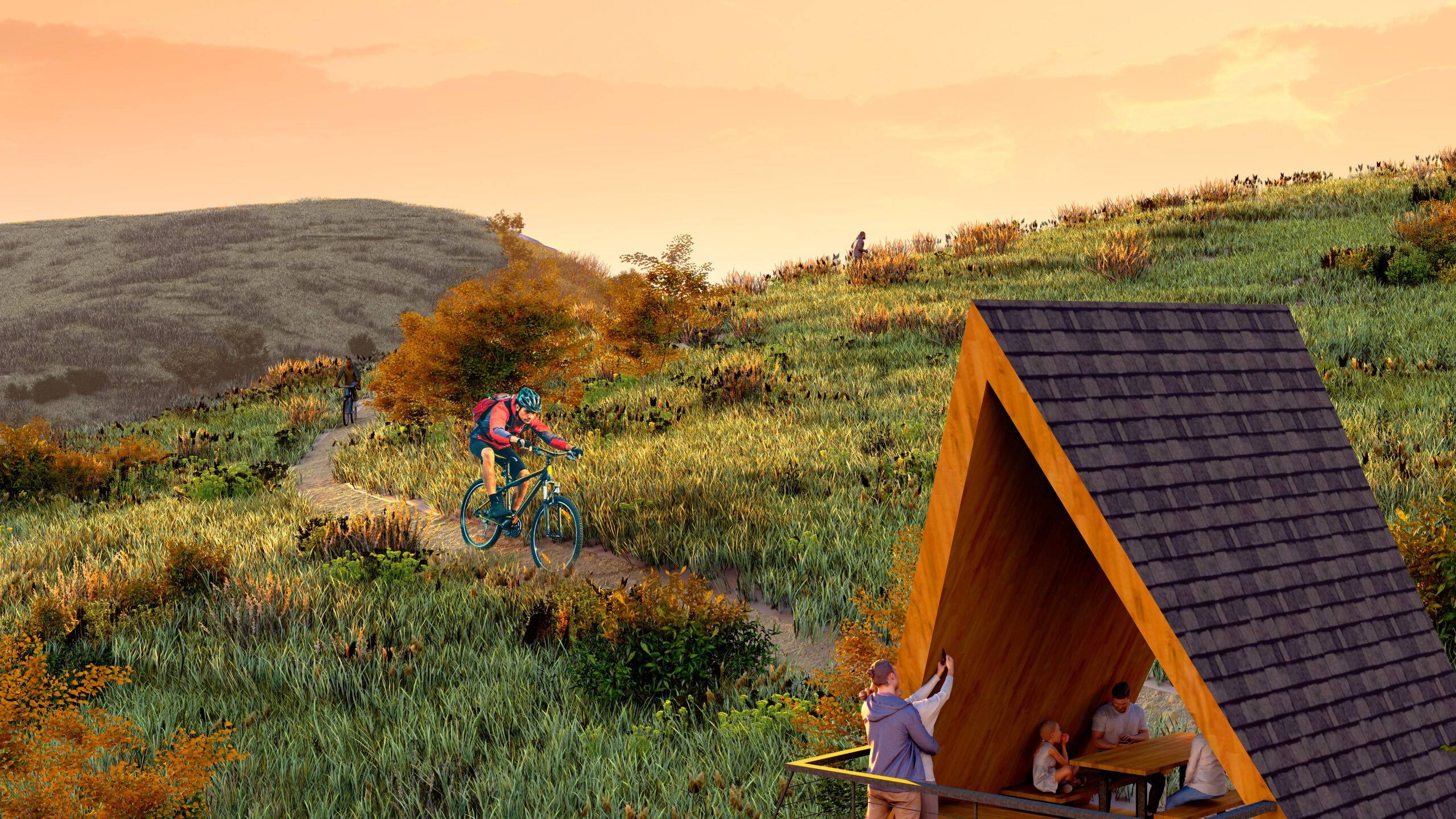How many of us have distinct childhood memories—even pangs of nostalgia—about those long days spent playing outside? Maybe it was the streetlights coming on, a parent’s special whistle, or just sheer exhaustion that told us it was time to head home after hours upon hours of just doing stuff. Some of us collected butterflies, some played baseball in the cul-de-sac, and others created imaginary worlds out of branches and rocks. Whatever it was, it seems deeply woven into the fabric of what it meant to be a kid.
Natural curiosity.
In the early years, young children often toddle along neighborhoods sidewalks with their parents, stopping to notice new flowers pushing up through the soil in spring. But it’s almost as if these little ones get to be school-aged and that outdoor discovery ceases. And while there are still families whose lives are intimately connected to the land, one would be hard-pressed to say that on the whole, today’s kids are as acquainted with nature as those in previous generations.
The call of the wild.
It’s no surprise that the lack of connection with the outdoors coincides with the increase in technological connection. The quick access to an unlimited amount of content can be hard to resist. One need only look at social media to see where so many kids are devoting their time. But it’s not just technology (and it’s not just kids!). It’s a real disconnect between humans and their real-life outdoor surroundings. What seems to be missing is balance.
Author Richard Louv has written a book on the topic and what he calls “nature-deficit disorder.” In Last Child in the Woods, he talks about “a new and growing body of research indicating that direct exposure to nature is essential for healthy childhood development and for the physical and emotional health of children and adults.” He unpacks the science behind the role nature plays in healthy childhood development, and even discusses how this connection can help combat issues like obesity, depression, and attention disorders. It seems there’s a lot of good that can come from just taking in the outdoors.
Nature as a teacher.
Louv calls it “free-range play,” and it’s an idea that encourages age-appropriate independence for kids. A big part of this sounds familiar to those of us whose childhoods pre-dated the internet and where unscheduled free time meant wandering and exploring outdoors.
When children get to play in natural surroundings, it’s less prescriptive: there are more choices to make, there’s no strategy, and kids can decide how they want to play. And while there are no hard-and-fast rules—it is nature after all—a great first step might be giving kids the opportunity to experience (developmentally appropriate) free rein in the backyard or in the neighborhood. All families are different, and the responses to this approach can range from, “That’s what we’ve always done!” to “There’s no way that’s happening,” but whatever the opinion, there is likely consensus that the places to do this kind of exploring are vanishing, wherever one might live.
Human + Nature = Terraine.
Part of the beauty of the way Terraine was imagined is that nature is incorporated into the community—rather than excluded, contained, or minimized. The natural environment meanders throughout the neighborhoods and becomes an integral part of what it means to live here.
Weaving throughout Terraine is a miles-long “ribbonwalk” that connect all parts of the community. There are bikeways and pedestrian pathways, and it’s all designed so children can make their way here, there, and back again, safely, on their own.
One prime destination along the ribbonwalk will be Terraine’s own elementary school where outdoor discovery will live right alongside traditional subjects like reading and writing. Terraine kids don’t just learn about the natural world, they get out into it: The unique sagelands that surround the community will play host to field trips where schoolkids can discover the area’s flora and fauna and learn about the importance of the community’s surrounding ecosystem. This kind of up-close and personal exposure will provide kids with a connection that goes beyond what textbooks can provide. It’s experiential study that has the power to pique the interest of budding scientists.
The terrain at Terraine.
The land here is a feature, and beyond the surroundings that grow in all their natural glory, Terraine will also have “active lands,” and “cultivated lands.” People might recognize the active lands as more formalized parks and turf areas. These are special spaces where children can run and play until it’s time to head home. These areas will also double as gathering spaces for community events for all Terraine residents—because kids aren’t the only ones who can benefit from all that fresh air. And the cultivated lands will have fruit trees and expansive orchards where kids can experience picking their own fruit and taking part in organized seasonal harvests.
Altogether. Different.
From today’s perspective, it feels a little bit revolutionary, but it’s as natural as can be. Terraine connects children (and their grownups) to the great outdoors. And that’s pretty great.




